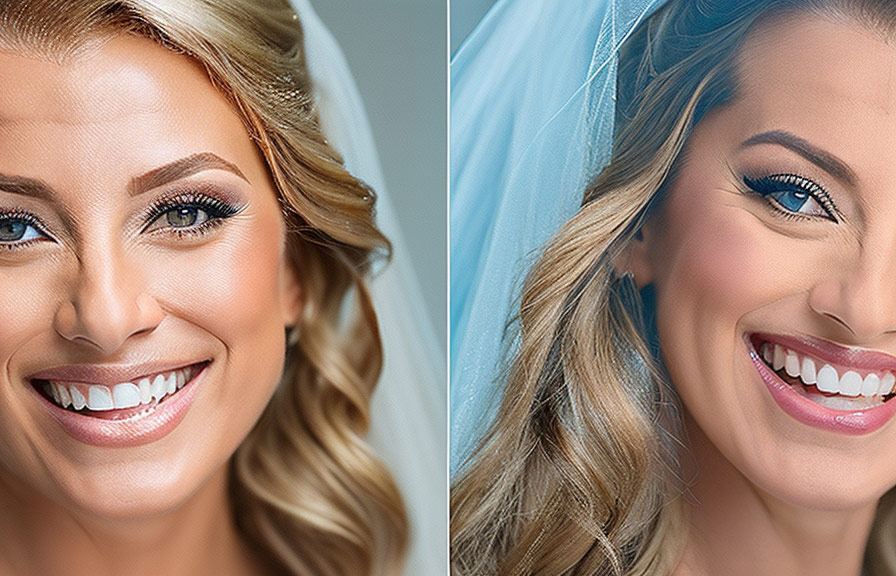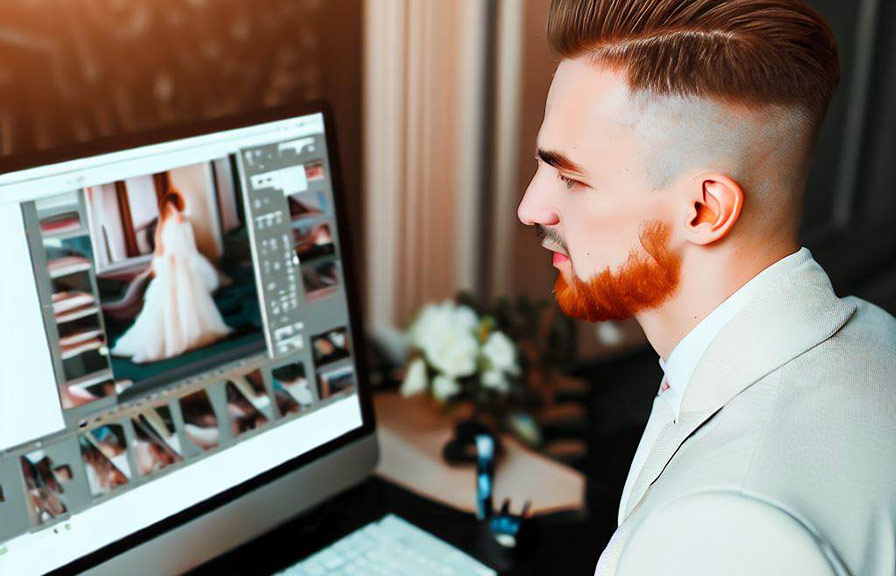Wedding photography is a beautiful and essential aspect of capturing the most memorable moments of a couple's big day. however, to get those perfect shots that will stand the test of time, wedding photo editing is often necessary.
In this blog post, we'll discuss some valuable tips and tricks for quality wedding photo retouching, so you can make your clients' images look their absolute best.

The basics of wedding photo editing
Before diving into the nitty-gritty of wedding retouching, it's essential to understand the basics of wedding photo editing. getting familiar with the tools and techniques available to you will make the editing process much more manageable. here are some key concepts to consider:
1. Raw vs. jpeg: always shoot in raw format, as it provides more flexibility during the editing process. raw files have a larger color depth and dynamic range, allowing for more precise adjustments.
2. Color correction: balancing colors is vital for achieving a cohesive and professional look. adjusting white balance, saturation, and vibrance can make a significant difference in the overall appearance of the images.
3. Cropping and straightening: sometimes, the perfect angle isn't achieved during the shoot. cropping and straightening the photos can help improve composition and make the images more visually appealing.
4. Exposure and contrast: adjusting exposure and contrast can breathe life into your images, giving them the desired brightness and depth.
Enhancing the bride and groom's appearance
A wedding is a day when everyone wants to look their best. wedding photo touch up techniques can help enhance the couple's appearance, ensuring they are the stars of their photos.
1. Skin retouching: smooth out any imperfections, such as blemishes or wrinkles, using a combination of healing brush and clone stamp tools.
2. Teeth whitening: brighten the couple's smiles by gently whitening their teeth. be careful not to overdo it, as you want it to look natural.
3. Eyes enhancement: brighten the eyes and remove any redness or dark circles to give the couple a lively and fresh look.
4. Hair retouching: tame any stray hairs and enhance the overall appearance of the hair by adding shine and definition.
Capturing the perfect background
The background plays a significant role in the composition of a wedding photo. wedding retouching techniques can help you create the perfect backdrop for your clients' special day.
1. Removing distractions: use the clone stamp and healing brush tools to remove any unwanted elements from the background, such as telephone poles, other people, or litter.
2. Background replacement: in some cases, the original background may not be ideal. replacing it with a more suitable one can significantly improve the overall look of the image.
3. Blur background: creating a shallow depth of field effect by blurring the background can help draw attention to the couple and create a more professional look.
Adding the finishing touches
Once you've completed the essential wedding photo retouching steps, it's time to add some finishing touches to make the images truly stand out.
1. Vignetting: adding a subtle vignette can help draw the viewer's eye towards the center of the image and give it a more polished look.
2. Sharpening: apply a subtle sharpening effect to make your images appear more crisp and detailed. be careful not to over-sharpen, as it can create unwanted artifacts and noise.
3. Color grading: give your images a unique and artistic look by applying a color grade. this can help tie the entire set of images together and create a cohesive visual style.
4. Black & white conversion: consider converting some images to black and white for a timeless and classic look.
Conclusion
Wedding photo retouching is an essential skill for any photographer looking to deliver the highest quality images to their clients. by following these tips and tricks, you can significantly improve your wedding photo editing skills, ensuring that your clients will cherish their memories for years to come.
Remember, practice makes perfect, so keep refining your techniques and experimenting with new ideas to take your wedding photography to new heights.
